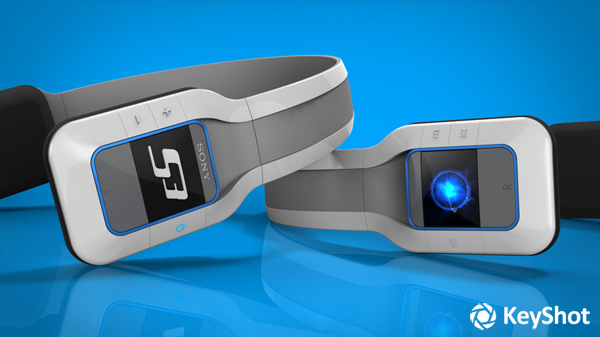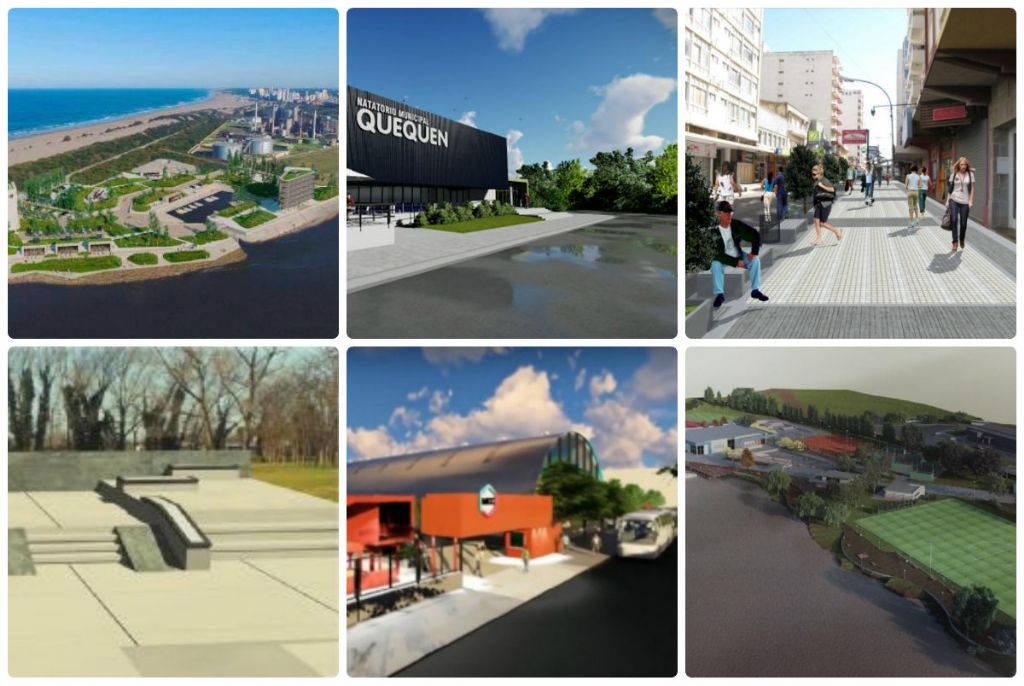

Lock Size To: When None is chosen from this menu, the Horizontal/Vertical tile sizes can be set independently. When this option is off, the mapping type selected in the Mapping Type menu above is applied to a parametric object. Parametric objects which are affected by this option are : analytic primitives (cylinder, cone, sphere, torus), nurbs objects and c-meshes. Parametric Mapping For Parametrics: When this option is on and the object rendered is a parametric object, the Parametric mapping type with the Tiling parameters below this option are applied. Mirror: With this option, the texture is mirrored in the horizontal and/or vertical direction. When off, the lower left point of the texture is placed on the origin of the texture coordinate system. For Spherical mapping both values are angular.Ĭenter: When this option is selected, the texture tile is centered in the horizontal and/or vertical direction, relative to its origin. For Cylindrical mapping, the horizontal direction is an angular value and the vertical size is linear. For Flat and Cubic mapping the size is expressed as a linear distance. Horizontal/Vertical Tiling Size: The size of the each dimension of the texture is specified in these fields. Mapping Type: One of four basic mapping types can be selected from this menu: Flat, Cubic, Cylindrical and Spherical.įlip: When this option is selected, the vertical and horizontal directions of the 2D texture are reversed. This is done via a mapping type and a size specification. Since a wrapped texture is two dimensional in nature, but is rendered on a three dimensional object, it must be projected (mapped) from 2D to 3D. The fields in the Wrapped Textures section determine the mapping type and size of wrapped (2D) textures. Reset : When this button is pressed, all three angles are reset to 0 degrees. These rotations are always executed in Z, Y, X order. Rotation: The values entered in the X, Y and Z fields are in degrees and represent the angles the texture coordinate system will be rotated relative to its axes. Origin: The values entered in the X, Y and Z fields represent the position of the origin of the texture coordinate system. For those that do not, the default texture map control is used. When an object is created it often has a natural texture map control (i.e.

The Project Rendering Options dialog with the Textures tab open. For example, if a scene needs to be rendered completely flat shaded, the Facetted Objects option should be set to None, the Smooth Objects option set to Use Facetted Objects Setting and the Allow Object And Layer Override should be turned off. If this option is off, only the Project Rendering Options apply. The same is true, if a layer uses a Smooth Shading override attribute. Per Renderer: This option allows each rendering type to render smooth objects as best as it can.Īllow Object And Layer Override: When this option is on, objects that have their own Smooth Shading attribute, will override the settings of the Project Rendering Options. Use Facetted Objects Setting: When this option is selected, smooth objects are rendered with the option selected for facetted objects ( None or Edges With Angle Greater Than). Smooth Objects: The options in this group determine how smooth objects are treated when rendered. None: When this option is selected, facetted objects do not get smooth shaded.Įdges With Angle Greater Than: When this option is selected, facetted objects are smooth shaded, where the angle between two faces (across an edge) is larger than the angle entered in the text field. The Project Rendering Options dialog with the Smooth Shading tab open.įacetted Objects: The options in this group determine whether or not facetted objects will be smooth shaded when rendered.


 0 kommentar(er)
0 kommentar(er)
